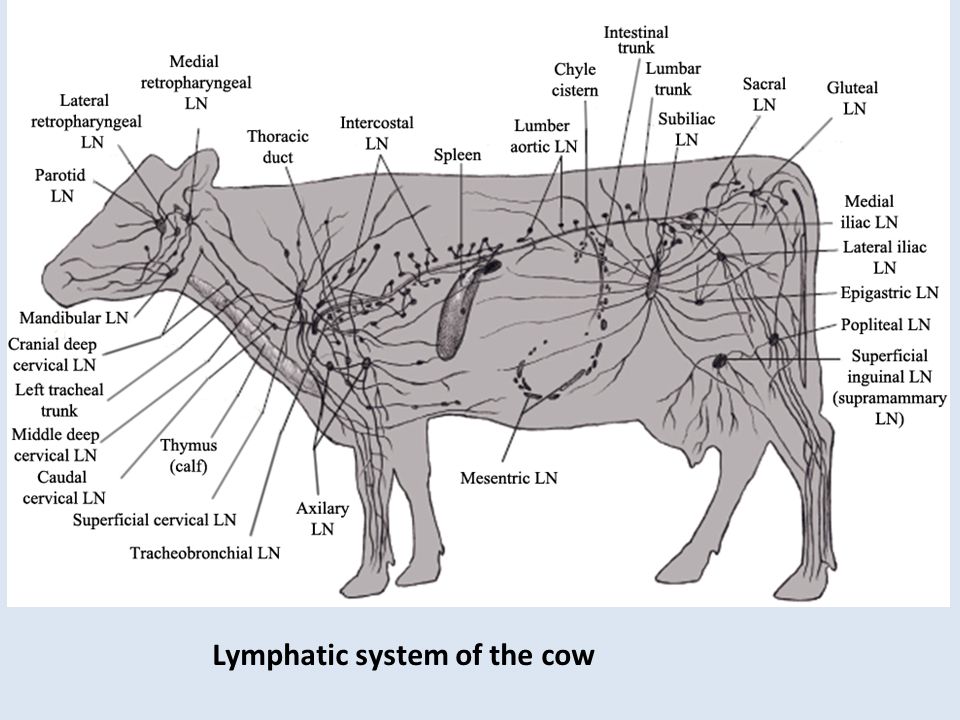Blood
Blood consists of two fractions namely:
- Plasma (fluid part)
- Blood cells
Blood Plasma
Forms approximately 66 per cent of the total blood volume and consists of 92 percent water and 8 percent solids. The latter consists of Proteins and Serum albumin. Blood plasma is produced by the liver and plays an important role in stabilising the water content of the blood.
- Serum globulin – Is produced by the liver. Globulins play a very important role in the protection of the body against diseases.
- Fibrinogen – is produced in the liver and is important part in the clotting of blood.
- Inorganic salts – consist mainly of salts of sodium, calcium, magnesium, phosphorus and others.
- Organic substances Examples are glucose, urea, fats, etc.
- Hormones and antibodies Apart from the plasma in blood there are also small quantities of plasma in the pericardium, thoracic and abdominal cavities.
Under certain disease conditions more plasma is excreted in the three cavities where it can coagulate and cause adhesions. When plasma coagulates, fibrin and serum are formed.
Cellular Elements
Click here to view a video that explains the components of blood.
Red Blood Cells (Erythrocytes)
Red blood cells are formed in the red bone marrow. The most important constituents of a red blood cell are protein and iron. Iron is not found in free form, but in combination with other proteins thus forming haemoglobin. Haemoglobin is the substance in the red blood cell that is responsible for the transport of gasses such as Oxygen and Carbon dioxide.
Haemoglobin + Oxygen = Oxyhaemoglobin (A bright red colour)
Haemoglobin + Carbon dioxide = Carboxyhaemoglobin (A reddish blue colour)
Oxygen-rich blood thus has a bright red colour whilst blood poor in oxygen, in other words, carbon dioxide-rich blood, have a reddish-blue colour.
White Blood Cells
The white blood cells protect the body against pathogenic organisms. There are five different white blood cells found in most farm animals, and each with a specific defence mechanism to fight germs and foreign organisms that may cause disease.
Blood Platelets (Thrombocytes)
Blood platelets are formed in the bone marrow and play a role in the clotting of blood. The clotting ability of blood is of great importance to the body because it prevents the loss of blood from the body after damage to a blood vessel.
Lymphatic System
The process of re-absorption of the intercellular fluid into the blood stream does not take up all the excess intercellular fluid. This is then collected by small very thin-walled tubes, which are called lymphatic vessels.
These vessels drain the whole body and then unite and open into a vein in the thoracic cavity. On their way to the thoracic cavity they pass through various lymph glands, which serve as filters against infection. White blood cells and other cells in the lymph glands actively destroy germs.
